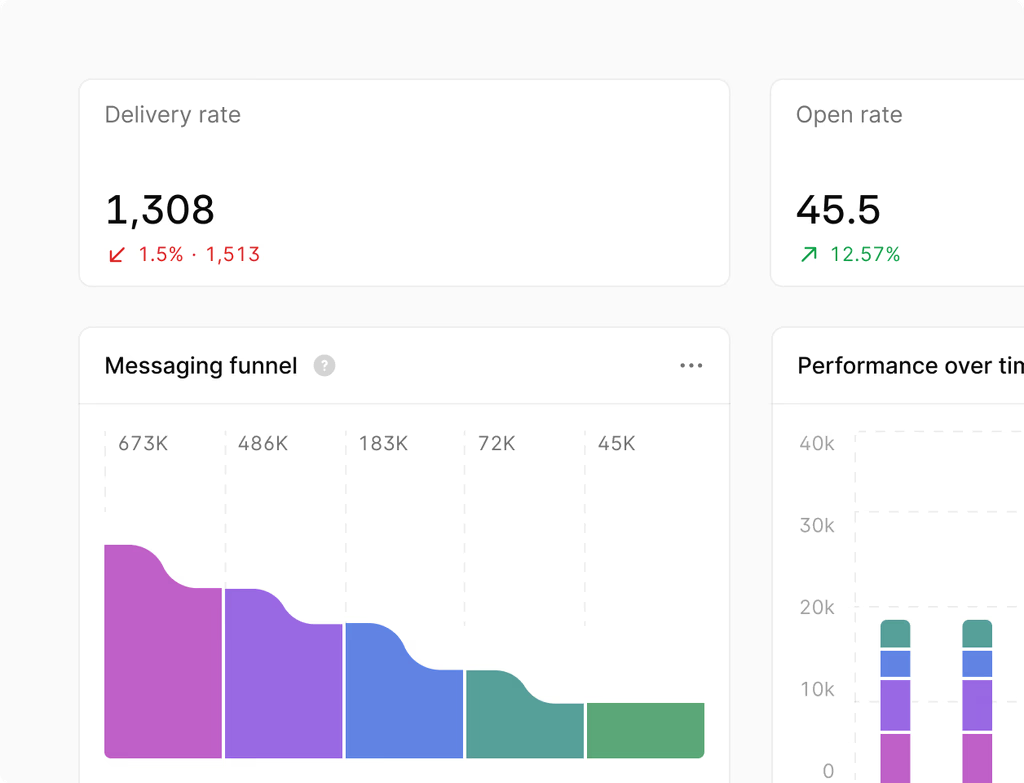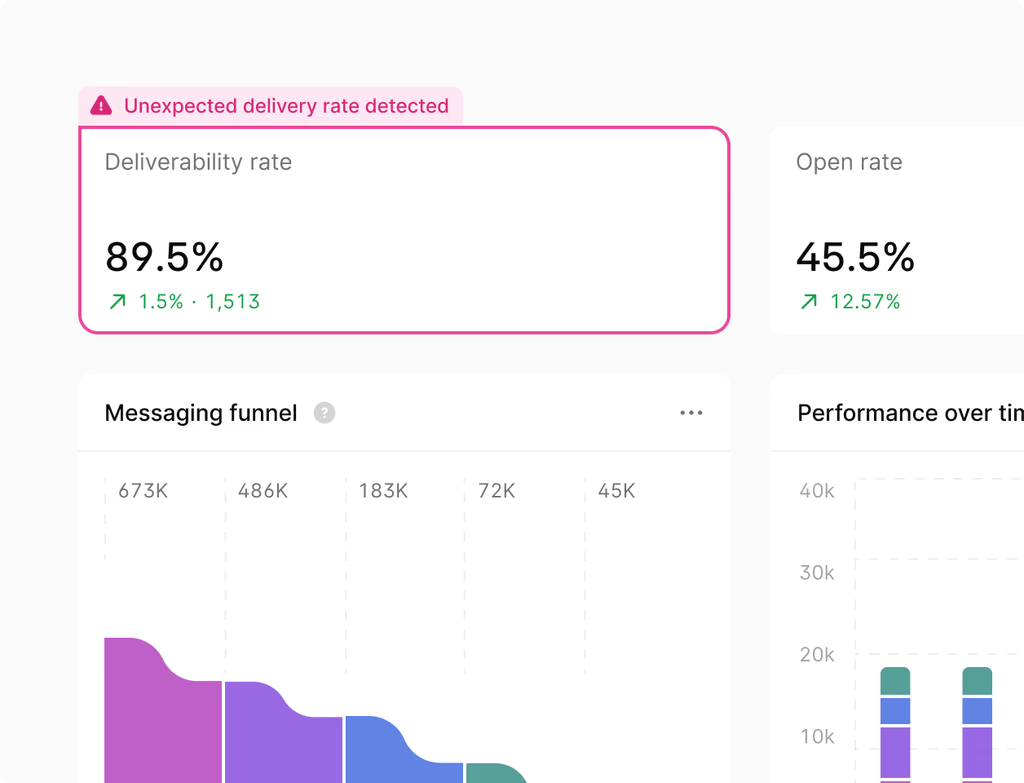What is Lead Scoring and who should be using this feature?
Lead Scoring is the practice of assigning points to contacts based on their firmographic fit and engagement activities. This quantifies buying intent, allowing sales and marketing teams to prioritize follow-up efforts effectively. It moves beyond simple segmentation by providing a dynamic, clear score for every contact in your database.
This feature is essential for any business operating on the Hoop platform that handles a high volume of inbound leads and wants to shorten their time to revenue. It ensures sales reps focus their valuable time on prospects most likely to convert, significantly increasing win rates and improving the efficiency of your demand generation efforts.
How does the Lead Scoring model work to identify top prospects?
The model uses a combination of positive and negative criteria to build a current and predictive score. You define rules that assign points for specific actions and attributes that align with your Ideal Customer Profile (ICP). Conversely, you can apply negative rules or decay over time to reduce the score for stale or less interested contacts.
Scores are continuously updated based on engagement, blending demographic data with behavioral signals. This results in a highly transparent process, as the score and its contributing factors are displayed directly on the contact record. Key mechanics include:
- Points for actions such as content downloads or website visits.
- Negative rules to deduct points for inactivity or unfavorable attributes.
- Decay rules to reduce scores of leads who lose interest over time.
Can I customize the Lead Scoring model for different business units?
Yes, the Hoop platform allows for highly flexible customization of your lead scoring model. You are not limited to a single, monolithic score across your entire organization. You can maintain multiple, separate scores tailored to various operational needs.
For instance, you might need unique scoring criteria based on geographic region, different product lines, or specific sales motions (e.g., inbound vs. outbound). This ensures the score remains predictive and relevant to the team using it, directly reflecting the distinct criteria and definitions required by those teams. Customization helps align scoring to localized market dynamics and product-specific sales cycles.
Which pricing plans include the advanced Lead Scoring functionality?
The core Lead Scoring features are available across the Hoop platform's core, pro, and enterprise pricing plans. The level of complexity, number of customizable models, and available reporting capabilities typically scale with the plan you select.
While the core plan offers basic assignment and tracking, the pro and enterprise plans unlock more advanced capabilities. Specifically, these higher-tier plans support:
- Multiple separate scores by product or region.
- Advanced decay and negative rule configurations.
- Comprehensive reports for conversion analysis by score band.
Hoop ensures that even on entry-level plans, teams gain foundational lead prioritization to start improving their workflow immediately.
How does Lead Scoring help sales and marketing teams align their efforts?
Lead Scoring acts as a common language between sales and marketing teams, fostering critical alignment. It formalizes shared definitions of what constitutes a Marketing Qualified Lead (MQL) and a Sales Qualified Lead (SQL), grounding these definitions in concrete, objective scoring thresholds.
By having transparent scores and contributing factors visible on every contact record, both teams use the same data to make decisions. Marketing understands which leads successfully move through the funnel, and Sales trusts the quality of the leads routed to them. This shared understanding is supported by:
- Shared MQL/SQL definitions based on scoring thresholds.
- Visible scores and contributing factors on contact records.
- Conversion reports categorized by score band and cohort.
What is the typical setup time and requirements for implementing Lead Scoring?
Setting up Lead Scoring on the Hoop platform is designed to be a streamlined process, often taking a few weeks to fully configure and launch. The initial requirement is simply defining your Ideal Customer Profile (ICP) and identifying the specific actions and attributes that correlate with your successful conversions.
Once criteria are identified, you build the rule set within the platform using a low-code interface. The platform then immediately begins calculating scores on existing and new leads. While initial deployment is fast, achieving maximum predictive power is an iterative process. You use the built-in analytics to refine the model over time, analyzing which criteria truly correlate with revenue. This iterative refinement ensures continued optimization and increased win rates.



.avif)





